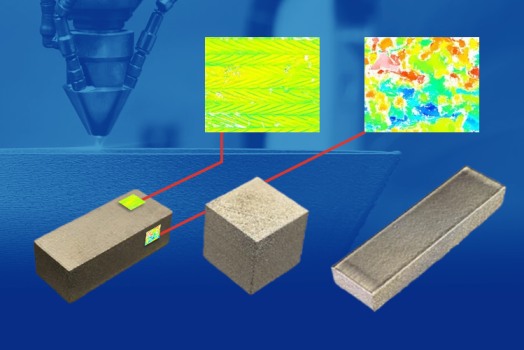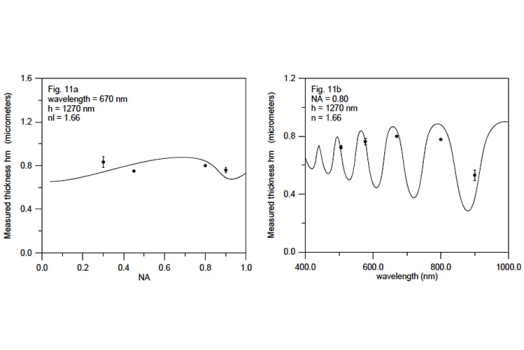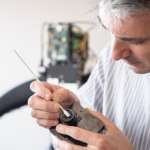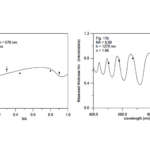
New interferometric technique for piston measurement in segmented mirrors
New interferometric technique for piston measurement in segmented mirrors full article
Agustí Pintó1, Ferran Laguarta1, Roger Artigas2, Cristina Cadevall2
1Sensofar Medical, S.L. (Spain)
2Universitat Politècnica de Catalunya (UPC) Rambla Sant Nebridi, 10, E-08222 Terrassa, Spain.
Published 4 November 2002 • Published under licence by IOP Publishing Ltd
, , Citation A Pintó et al 2002 J. Opt. A: Pure Appl. Opt. 4 S369
Abstract
Present trends in the design of ground-based telescopes point towards the use of segmented primary mirrors. A major problem in this type of mirror is the achievement of proper segment positioning, as they have to be aligned with an accuracy of the order of a fraction of a wavelength for near-diffraction-limit telescope performance in the infrared. In this paper we present a new interferometric technique applied to the measurement of segment vertical misalignment (piston error) in segmented mirrors. The instrument is based on a high-aperture Michelson interferometer using a broadband light spectrum. The main innovation introduced in this instrument is the use of a novel optical fibre illumination technique that allows the system to measure piston error during the daytime with an uncertainty of 5 nm in a 30 µm range. A detailed description of the light spectrum, expected interferograms and piston extraction algorithms is presented here.










